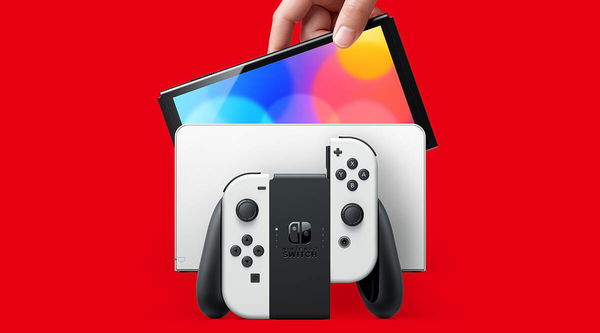

Steam and Nintendo have always been competitors in the games market. However, recently Valve entered the console market with its Steam Deck which is now a direct competitor to the Nintendo Switch. Nintendo also revealed a new OLED version of the Switch which offers better audio and visual experiences.
The new OLED Switch has been getting major backlash as fans were expecting a new and improved Switch Pro. Instead, they got the same hardware as the original Switch with some visual improvements. Valve, on the other hand, has almost reinvented the handheld console game with their first release.
When it comes to the power within these two consoles, the Steam Deck is the clear winner. The Deck is powered by a custom APU, consisting of the AMD Zen 2 CPU and the AMD RDNA 2 GPU, while also packing 16GB of RAM along with up to 512GB of SSD storage. As a result, it is just as powerful as an Xbox One or PS4.
ADVERTISEMENT
Article continues below this ad
On the other hand, the Nintendo Switch is powered by an Nvidia Custom Tegra processor and comes with just 32GB of storage. Both consoles are similarly priced with the Switch coming in $100 cheaper than the Deck. However, Steam more than makes up for the difference in price with the additional functionality that the Steam Deck offers.
Watch this story: Top selling game consoles
ADVERTISEMENT
Article continues below this ad
Major disparities between the Nintendo Switch and Steam Deck
Users can operate the Steam Deck like a regular PC. This means that they can browse, stream, connect a controller or connect the device to a PC and enjoy the authentic experience. It also includes a quick suspend/resume feature which allows players to pause the game, send the device into sleep mode, and pick up from where they last left off.
Despite all these advantages of the Steam Deck, the Nintendo Switch has some inherent features that cannot be duplicated. For instance, the fact that Nintendo creates some of the most enjoyable games for a handheld console. Furthermore, it has a far more versatile build as compared to the Deck. Players can use the console as a handheld device with the Joy-Con controllers attached, detach them and play on the small screen or slide the console into a dock and play on your TV.
ADVERTISEMENT
Article continues below this ad
Eventually, it all comes down to a player’s personal preference. Which handheld console would you prefer from the two options? Let us know in the comments down below.
ALSO READ: Nintendo Switch OLED vs Nintendo Switch: Major Differences You Should Know Before Upgrading
ADVERTISEMENT
ADVERTISEMENT
ADVERTISEMENT
ADVERTISEMENT

